By 2050, the world’s population is expected to reach 9.8 billion and nearly 70% of this ever-growing population (6.7 billion people) is projected to live in urban areas.
China, which now has the 2nd largest population in the world, is suggesting a Sponge City concept that could help prevent flooding, create healthier urbanenvironmentsand build a more resilient future.
More info:TURENSCAPE

Image credits:TURENSCAPE / Kongjian Yu

Image credits:TURENSKAPE / Jiaxing Xinanhu Park
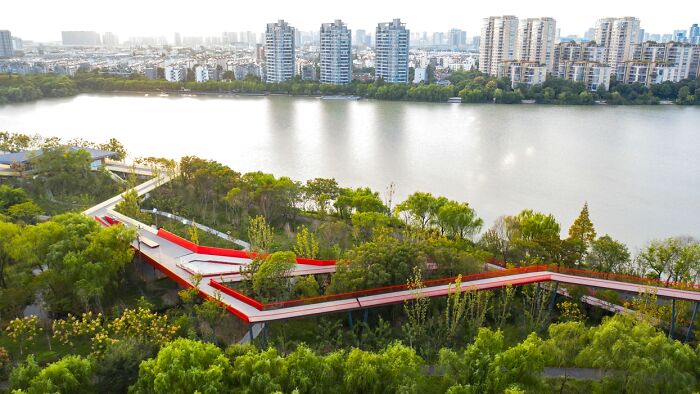
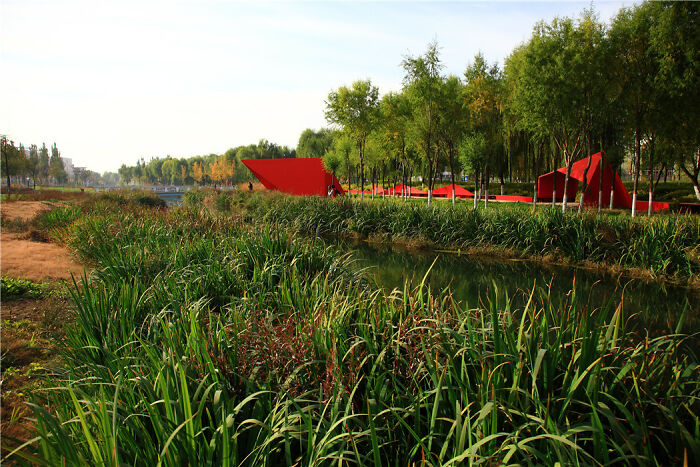
Image credits:TURENSKAPE / Qian’an Sanlihe River Ecological Corridor
Kongjian Yu is a professor of landscape architecture at Peking University and also the founder of the planning and design office Turenscape in Beijing. Yu was the first one to develop the Sponge City idea:to createurban areas that could retain, clean and reuse stormwater, effectively collecting and recycling rainwater and redirecting it to areas in need of water.
When Yu was only 10 years old, he almost lost his life in a flood while working in a rice field. This terrifying experience gave him a personal motivation to take on the challenge of flooding.
A Sponge City is designed to mimic natural processes, allowing urban areas to absorb, store and purify rainwater
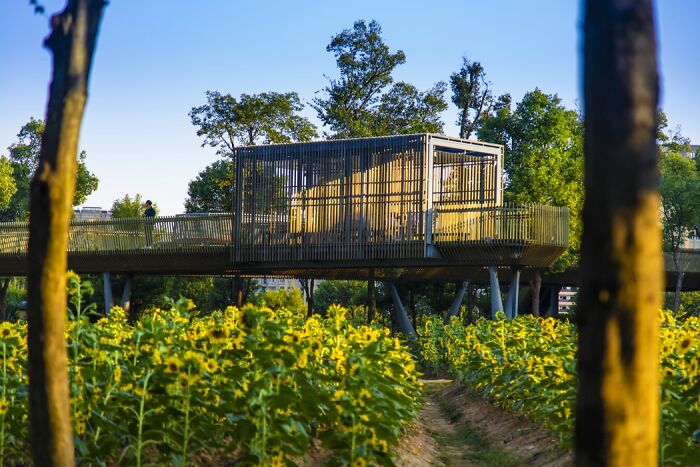
Image credits:TURENSKAPE / Quzhou Luming Park

“A Sponge City follows the philosophy of innovation: that a city can solve water problems instead of creating them. In the long run, sponge cities will reduce carbon emissions and help fight climate change,” added Qiu Baoxing, a former vice-minister of housing and urban-rural development.
It’s important to mention that Kongjian Yu’s vision goes far beyond a scattering of parks: his Sponge City features vast stretches of green and blue, where ponds and wetlands are allowed to co-exist with highways and high-rises.
“It is showing that ecological design can be about more than just green roofs and rain gardens – it can be a revolutionary rethink of the very texture of a city,” shared Nanco Dolman, who works in the Water Resilient Cities group at the Dutch civil engineering firm Royal Haskoning DHV.
One of the key components of a Sponge City is permeable pavements, which not only reduce the risk of flooding but also mitigate the heat island effect
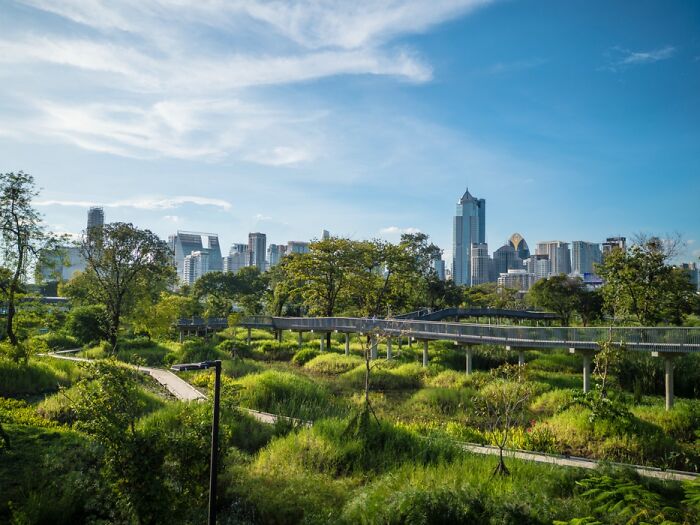
Image credits:TURENSKAPE / Benjakitti Forest Park
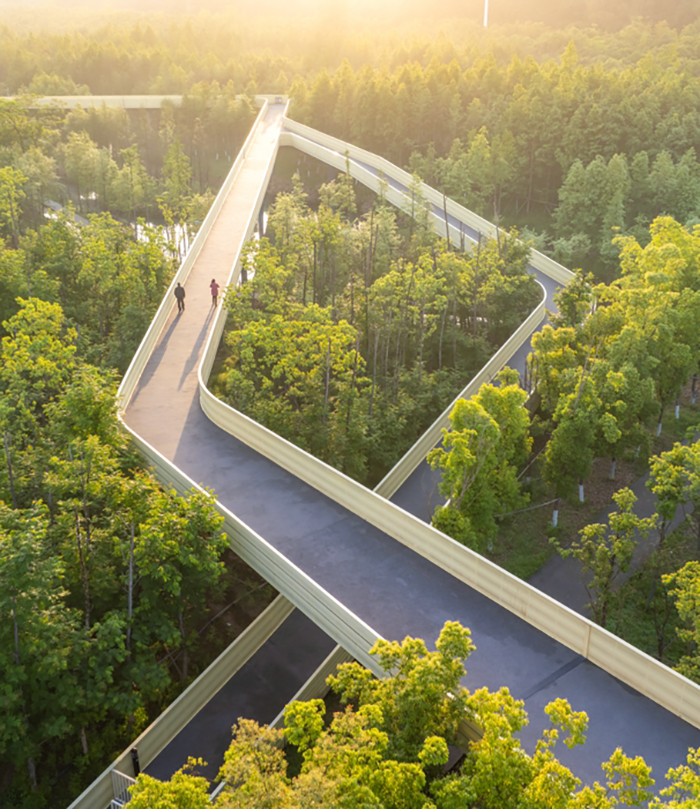
Image credits:TURENSKAPE / Shangrao Xinjiang Ecological Park
Image credits:World Economic Forum
Sponge city designers are suggesting to use green spaces not only as publicenjoymentbut as well as a tool for managing the increasingly acute water crisis. Especially nowadays, when extreme weather events such as floods, drought, hot spells, and storms are becoming more frequent and severe due to climate change.
“The denser cities are developed, the more impervious surfaces are used, the worsethe impactsof climate change are becoming. Once the capacity of these structures is exceeded, then water starts backing up, and its problems are exacerbated because of the lack of the natural absorbency of large areas of soil and vegetation,” said Michael Kiparsky, director of the Wheeler Water Institute at the University of California.
“The most interesting part about natural infrastructure that’s used to create Sponge Cities is the fact that it is a multi-benefit approach. It does many, many things – and it does many things that traditional infrastructure simply can’t do,” added Kiparsky.
The Sponge City is a solution for the climate crisis that, with the help of green infrastructure, can facilitate the infiltration, absorption, storage and even purification of surface waters
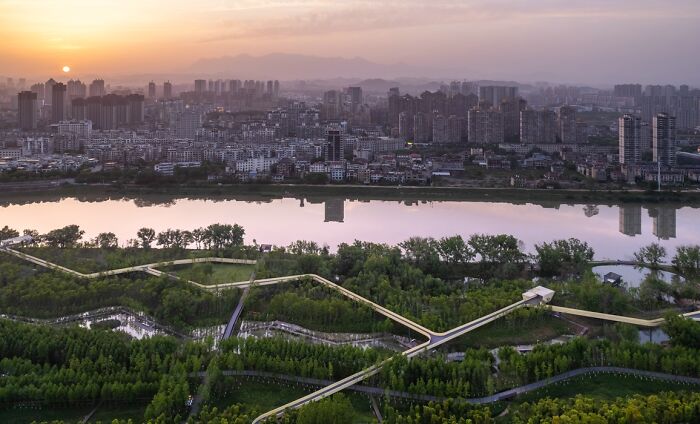
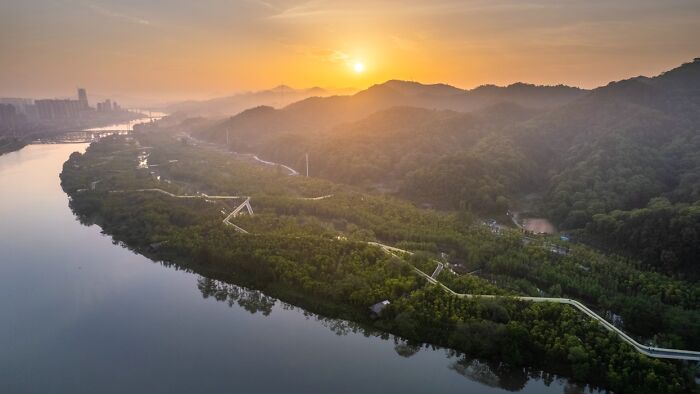
Since the pioneering projects started in China about ten years ago, many cities around the world have implemented Sponge City concepts as well, including Singapore, Copenhagen, Vienna, Rotterdam, as well as Hamburg, Berlin, Munich, Ludwigsburg and Leipzig.
People on the internet shared their thoughts about this futuristic city concept


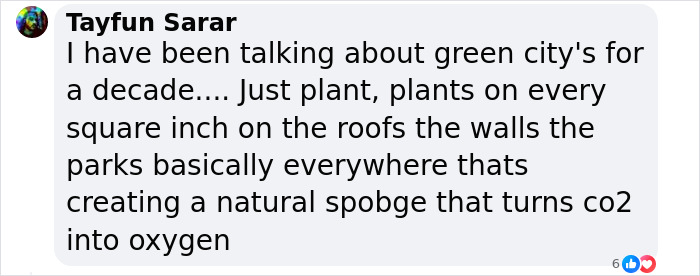





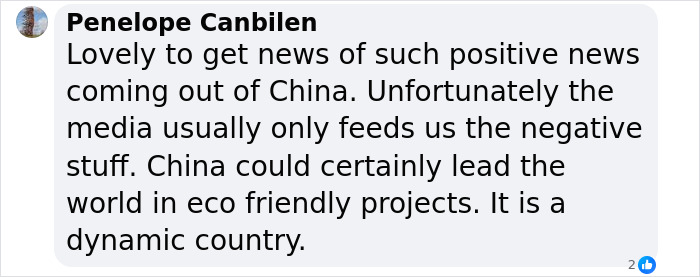



Architecture